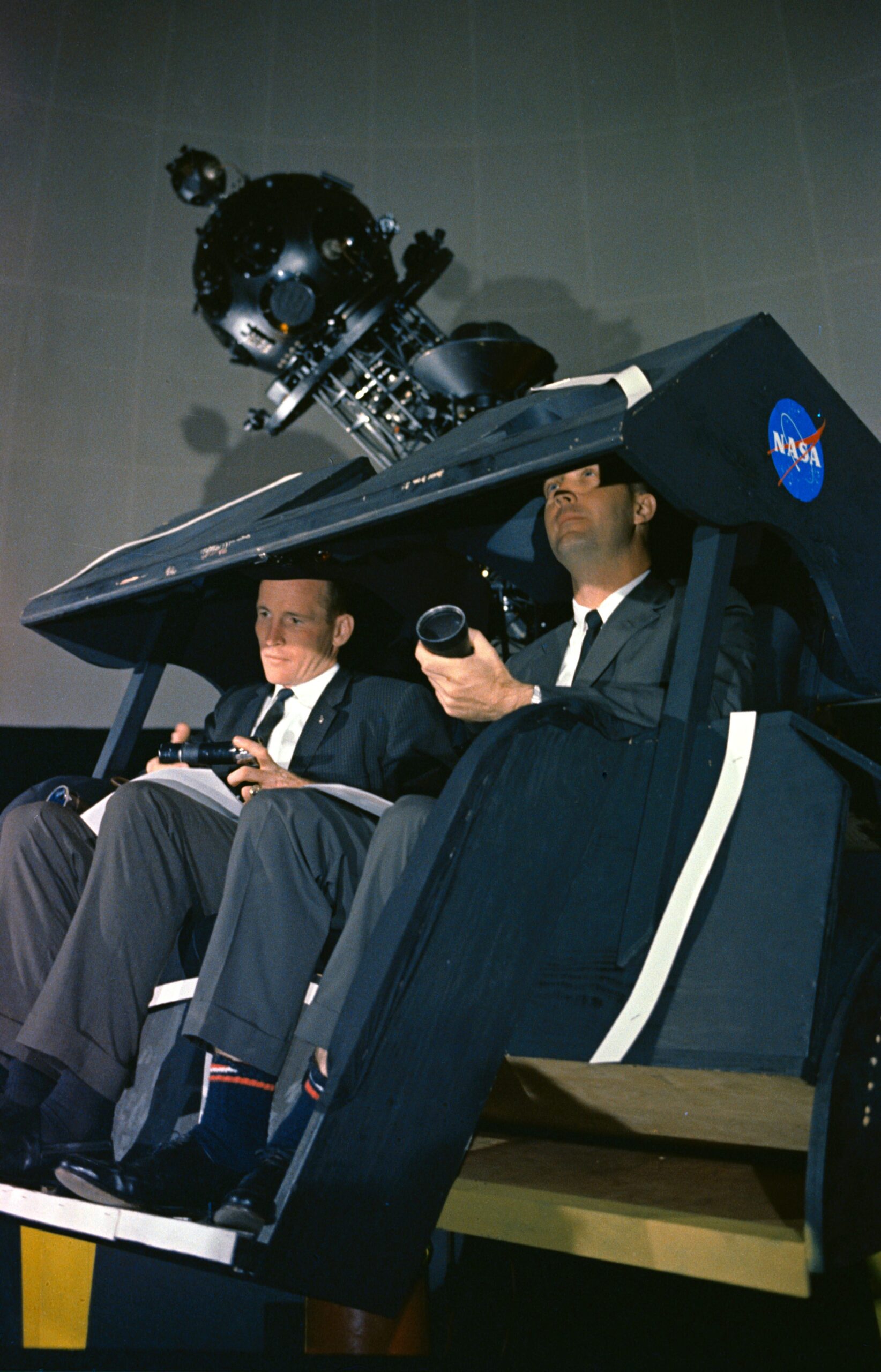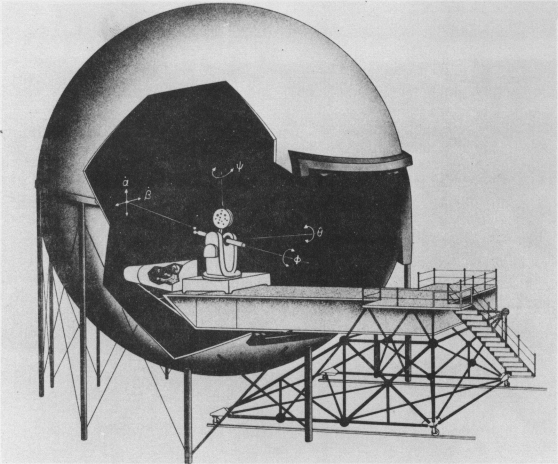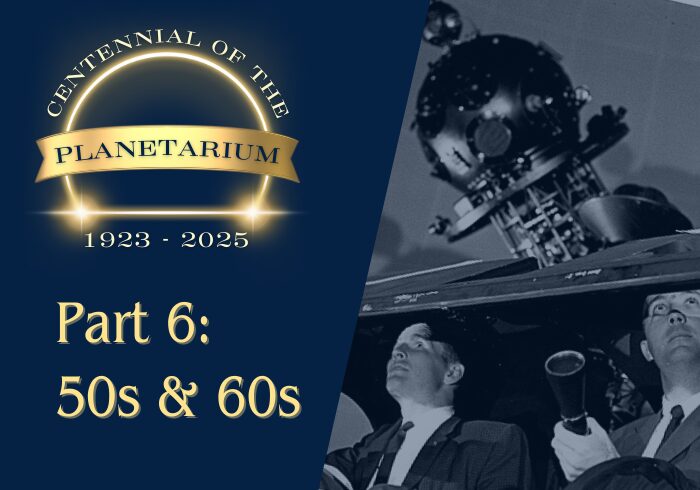Step into Chapter 6 of “Skyward Tales: Planetarium’s Story Unfolded”, where each segment illuminates a distinct era in the development of planetariums.
From their conceptual inception to the state-of-the-art digital domes of the present, this series chronicles the remarkable journey of these celestial theaters. Discover how each generation of planetariums has expanded our horizons, bringing the mysteries of the universe closer to earth.
Through this exploration, we celebrate the technological marvels and the visionary minds that have transformed these spaces into portals to the cosmos. Embark with us on a voyage through the history and innovation of planetariums.
The introduction of additional slide projectors into planetarium domes marked a significant evolution in the way planetariums could engage and educate their audiences. By incorporating slide projectors, planetariums were for the first time able to display image content that wasn’t solely astronomical, originating from the star projector.
This innovation opened the doors to a broader spectrum of educational content, allowing for the presentation of non-astronomical subjects alongside traditional star displays. These images, often framed squares on the dome, added a new dimension to the planetarium experience, blending the wonders of the cosmos with terrestrial narratives and other scientific phenomena.


This period of innovation coincided with a crucial era for space exploration, particularly in the United States.
Between 1960 and 1975, more than 60 astronauts from the Mercury, Gemini, Apollo, Skylab, and the Apollo-Soyuz Test Project underwent training at the Morehead Planetarium & Science Center in North Carolina.
This training was vital, as many astronauts lacked extensive experience with constellations or astronomy. Learning to reliably identify guide stars was essential for navigating their spacecraft using the flight guidance systems, highlighting the practical application of planetarium technology in the field of astronautics.

The evolution of planetarium technology, from the introduction of slide projectors to their role in astronaut training, underscores the adaptability and educational value of planetariums. These developments not only enhanced the viewer’s experience but also played a pivotal role in supporting the United States’ endeavors in space exploration during a critical period.
Skypoint Planetariums is proud to sponsor the centennial celebration of planetariums.
We invite everyone to visit the dedicated website created by GDP and IPS:
www.https://planetarium100.org/
Stay tuned for our next cosmic journey in the “Skyward Tales: Planetarium’s Story Unfolded” series.
Sources:
https://www.ips-planetarium.org/page/planetariumhistory
https://planetarium100.org/history
https://emuseum.org/blog/rip-the-35-mm-slide-and-its-use-in-planetariums
https://www.nature.com/natastron
https://en.wikipedia.org/wiki/Timeline_of_planetariums

